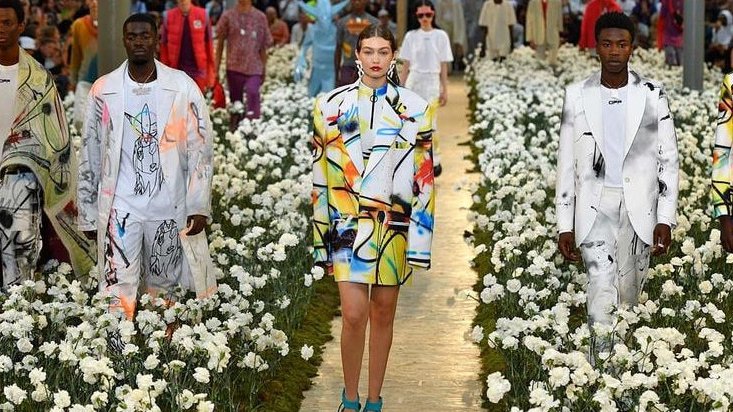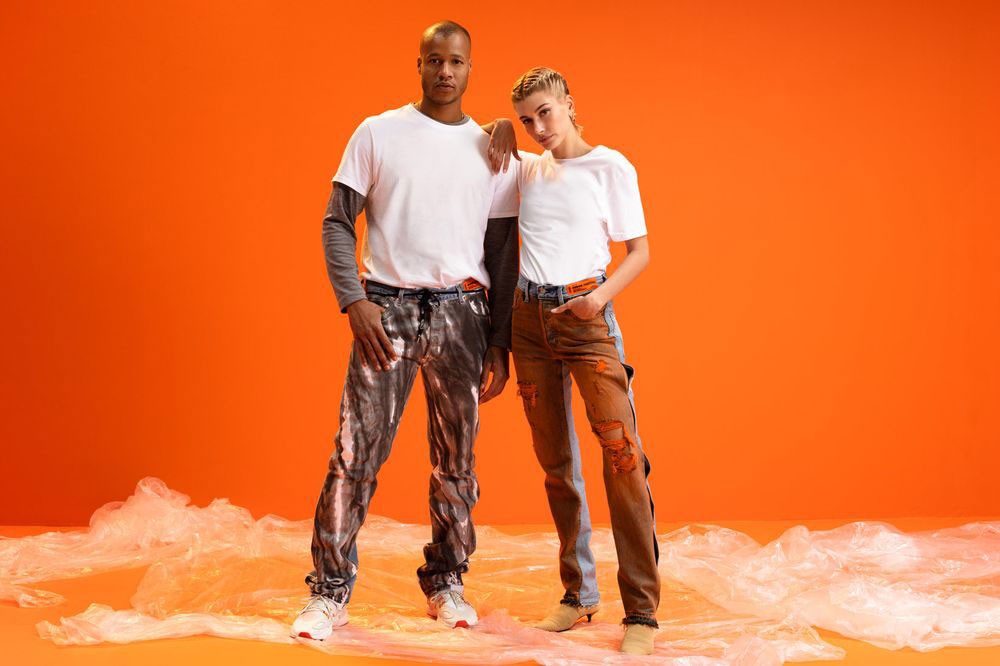Farfetch’s latest acquisition of New Guards Group will see the online retailer leverage its data and retail capabilities along with New Guards’ strategic vision to help drive growth for the group’s brands and other emerging labels. As Farfetch makes the leap into brand building and development, is this a route that other multibrand retailers could follow?

Farfetch’s latest acquisition of New Guards Group will see the online retailer leverage its data and retail capabilities along with New Guards’ strategic vision to help drive growth for the group’s brands and other emerging labels. As Farfetch makes the leap into brand building and development, is this a route that other multibrand retailers could follow?
Online retailer Farfetch is stepping up its investment in streetwear with the acquisition of New Guards Group, in a move that gives it further access to some of fashion’s hottest brands in an increasingly competitive category.
Announced on August 8., the acquisition will see Farfetch leverage its data and retail capabilities along with New Guards’ strategic vision to help drive growth for the group’s brands and other emerging labels. As Farfetch makes the leap into brand building and development, is this a route that other multibrand retailers could follow?
“The creation and curation of brands is imperative for multi-brand retailers to drive enhanced customer loyalty and gain market share," said Gene Bornac, senior vice president of retail at enVista. "Brands owners are becoming retailers and vice versa.
"The ascendancy of brand above most other factors will continue for the foreseeable future," he said. "Farfetch is following a playbook laid out by companies like LVMH and Tapestry, as these companies know that customers seek and follow hot brands and their investments in these brands will be rewarded.
“This is another sign for other retailers that retail is undergoing a shift to brand above all else. Consumers are gravitating towards brands that speak to them, and the retailers that will gain share of wallet are those that step up their efforts around building high growth meaningful brands.”
Mr. Bornac is not affiliated with Farfetch, but agreed to comment as an industry expert. Farfetch was reached for comment.
Brand direction
Founded in 2015, the Milan-based New Guards Group specialises in building emerging brands into bigger players. The group has a majority stake in seven brands and holds the licenses for the labels Off-White, Palm Angels, Marcelo Burlon County of Milan, Heron Preston, Alanui, Unravel Project and Kirin Peggy Gou.
Under the agreement, Farfetch will acquire 100 percent of New Guards Group’s shares, resulting in a total enterprise value of $675 million (€602 million). The transaction is set to close in the third quarter.
"A $600 million bet is pretty dicey, maybe precocious, for a recently IPOed company, but they’re betting on the marketplace impact," said Chris Paradysz, global chief growth officer of ForwardPMX. "That is, they’re expecting consumers – people – to want to shop in a more niched, targeted and highly efficient manner.
"The trouble is, fashion and luxury surely can’t afford margin compression and, unfortunately, that’s the reality of consolidation," he said.
"But, what I’m worried about are the brands. Does this distance them from what makes them special? Exclusivity is just that. It’s a complicated bet that Farfetch can play multiple hands."
Join Luxury Society to have more articles like this delivered directly to your inbox
Some of New Guards’ brands already have a presence on Farfetch through multi-brand boutiques. Off-White is one of the top 10 labels on the platform based on gross merchandise value.
According to data from Lyst, Off-White was the second most popular fashion brand in the second quarter of this year. The label, led by Virgil Abloh, also had the hottest women’s wear product of the quarter, a handbag with handwriting spelling out phrases such as “cash inside” and “logo.”
Palm Angels also made Lyst's top 20, placing 15th right behind Givenchy. The label has collaborated with Moncler on capsule collections for its Genius initiative, bringing its street style to a luxury audience.
“Farfetch sees the value of brands – especially brands like Off-White that generate great buzz," Mr. Bornac said. "The ability to integrate brand design and production will allow Fartetch to own the direction of the brand and maintain relevance to their customers.
"This acquisition was likely driven by Farfetch’s keen understanding that brand and brand-loyal customers are what is driving growth in retail today," he said.
Under the agreement, all of New Guards’ brands will now be joining the Farfetch platform, selling directly on the retail site. Taking advantage of the relationship between brand and retailer, the New Guards labels will collaborate with the retailer to offer exclusives to Farfetch’s audience.
Farfetch will also power the brands’ own ecommerce and digital platforms.
About 95 percent of New Guards’ sales currently come from wholesale channels.
With this acquisition, Farfetch is extending its capabilities to include elements of brand development. The company will now be overseeing more aspects of the fashion cycle including design and production.
New Guards operates with a model that produces goods to order based on wholesale buys. Farfetch will be leveraging data about demand to help guide production decisions in real-time, in an effort to reduce overstock and markdowns.

Heron Preston's Spring/Summer 2019 collaboration with Levis. Photo: Courtesy.
Farfetch also sees this as an opportunity to meld its experience in retail with New Guards’ expertise to build a brand platform. This would focus on not only strengthening and growing the existing portfolio of New Guards brands, but also helping other emerging labels accelerate.
Along with helping the brands, Farfetch sees this serving the dual purpose of bringing new designers and fashions to its customers.
"Front-footed investment always pushes entrepreneurial visions into tests of new hypotheses," Mr. Paradysz said. "Combining a purposeful technology platform play with brand consolidation definitely brings marketing sophistication, the benefits of scale and growth potential to the brands, but they have to think about the brands and the complex and emotional relationship they have with their customers.
"No matter how it gets stated by the markets, it’s a very difficult business to win in," he said. "Farfetch is no longer operating unbiased, and we’ll have to watch the impact this has with their portfolio.
"They’ll have to watch the edges of how they balance the benefits they provide and the optics of potential encroachment with their brand clients."
Streetwear stock
The brands within the New Guards stable are primarily streetwear focused.
This investment follows Farfetch’s acquisition of sneaker reseller Stadium Goods for $250 million (€223 million), which closed earlier this year.
With Stadium Goods, Farfetch is forecasting the rise of high-end sportswear and sneakers as the sector overtakes traditional luxury footwear. The online retailer, which specializes in luxury goods, saw the rise in streetwear and premium sneakers from millennial and Gen Z groups and knew there was an overlap in the market.
The rise of streetwear has blurred the lines between luxury and leisurewear, but the casualization of luxury may not thrive in the long-term, according to a new report from Fashionbi.
Luxury labels including Balenciaga and Louis Vuitton have found success by diving into streetwear, while other brands have borrowed marketing and sales tactics such as social media drops. Expectations for streetwear remain high as luxury groups continue to invest millions of dollars into the trend.
"We just finished a sneaker study, and its growth potential is barely on the front edge of growth," Mr. Paradysz said. "Broaden the view to streetwear and its impact, and it’s exciting.
"But, it’s not just people buying more 'stuff,'" he said. "The growth lies in the cracks and the nuances – it shows up in details like fabrics, zippers, contours, sizing, colors, attitudes."
This article was originally published on Luxury Daily. It has been adapted for clarity and style and is republished with permission.










